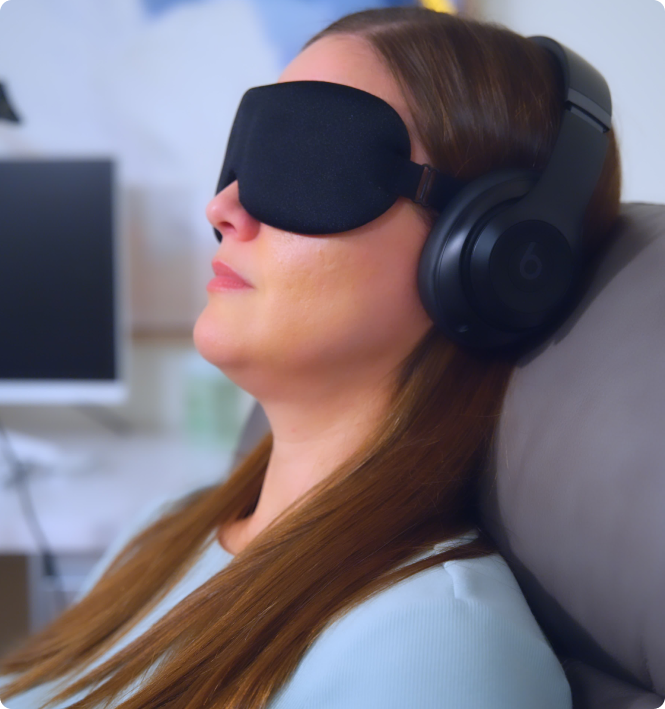Healing Through Integration: How Ketamine and Cognitive Behavioral Therapy Amplify Each Other’s Benefits
Mood disorders like depression, anxiety, and post-traumatic stress disorder (PTSD) affect us on multiple levels. In the biology of the brain, they can manifest as disrupted connections, overactive stress circuits and reduced neuroplasticity. These biological patterns are strongly reinforced by unhelpful thought patterns, habits, and emotional responses we’ve learned. When we repeat them over and over and over throughout years or even decades, they become very hard to shift away from.Treating only one side of the equation often falls short. Medications like ketamine can help reset the brain, creating an opportunity for true change. But without therapy, new ways of thinking about problems may not translate into lasting changes in behavior patterns, and old habits can resurface. And while therapy alone can give you valuable coping skills and deep insights, it may not actually undo the biological roadblocks that keep you running in circles.
With Integrated Treatment, Deeper Healing is Possible
By combining ketamine therapy with cognitive behavioral therapy (CBT), we can address both sides at once. In fact, a Yale study confirmed that in an integrated approach, ketamine and CBT amplified each other’s impact.According to the study, patients who received CBT alongside ketamine had significantly longer-lasting improvements compared to those who received ketamine alone. Eight weeks after their last ketamine infusion, 75% of responders maintained their progress while continuing CBT, with some maintaining remission beyond 12 weeks.
Why the Integrated Approach Works Better
Ketamine is a unique medication that works differently from traditional antidepressants. It creates a short-lived window of enhanced brain plasticity in which the brain becomes more open to change. This state of neuroplasticity is an ideal time to introduce new coping skills and healthier ways of thinking – and that can be done with CBT.What’s more, ketamine’s dissociative, dream-like state can float powerful emotions and insights. With the support of a therapist, patients are able to reflect on these experiences and reframe old narratives in meaningful ways. This process of integration, or Ketamine Assisted Psychotherapy helps translate the insights of the session into actionable change.
On its own, ketamine can quickly reduce symptoms of depression, PTSD, and other mental health disorders, but its effects can fade over time if treatment is discontinued. CBT, on the other hand, teaches you practical strategies to challenge harmful thought patterns, change behaviors, and manage symptoms long-term. When combined, ketamine creates the conditions for change, and CBT helps you make that change stick.
The Philosophy of Integrated Care
As a licensed clinical social worker specializing in cognitive behavioral therapy (CBT) and trauma-informed care, I’ve sometimes been surprised by the results of integrating ketamine and CBT. Patients reach impressive levels of change and healing!At Keta Medical Center, this philosophy of integrated care is complemented by other innovative treatment options such as PRISM, an FDA-cleared, noninvasive neuromodulation therapy for PTSD. In combination with each other, these treatments help patients build resilience and achieve long-term emotional well-being.
Your Treatment at Keta Medical Center
At Keta Medical Center, we build a personal treatment plan based on your unique needs. You may receive intravenous ketamine infusions or the nasal spray Spravato, depending on what’s right for you. Throughout your treatment, you can schedule therapy sessions to help you make the benefits of ketamine become an inseparable part of your daily life.In your therapy sessions, we’ll work on identifying harmful thoughts, challenging distorted beliefs, facing fears instead of avoiding them, and practicing new, healthier behaviors. The skills you gain in CBT empower you to be “your own therapist” and maintain your progress long after the ketamine treatments are complete.




